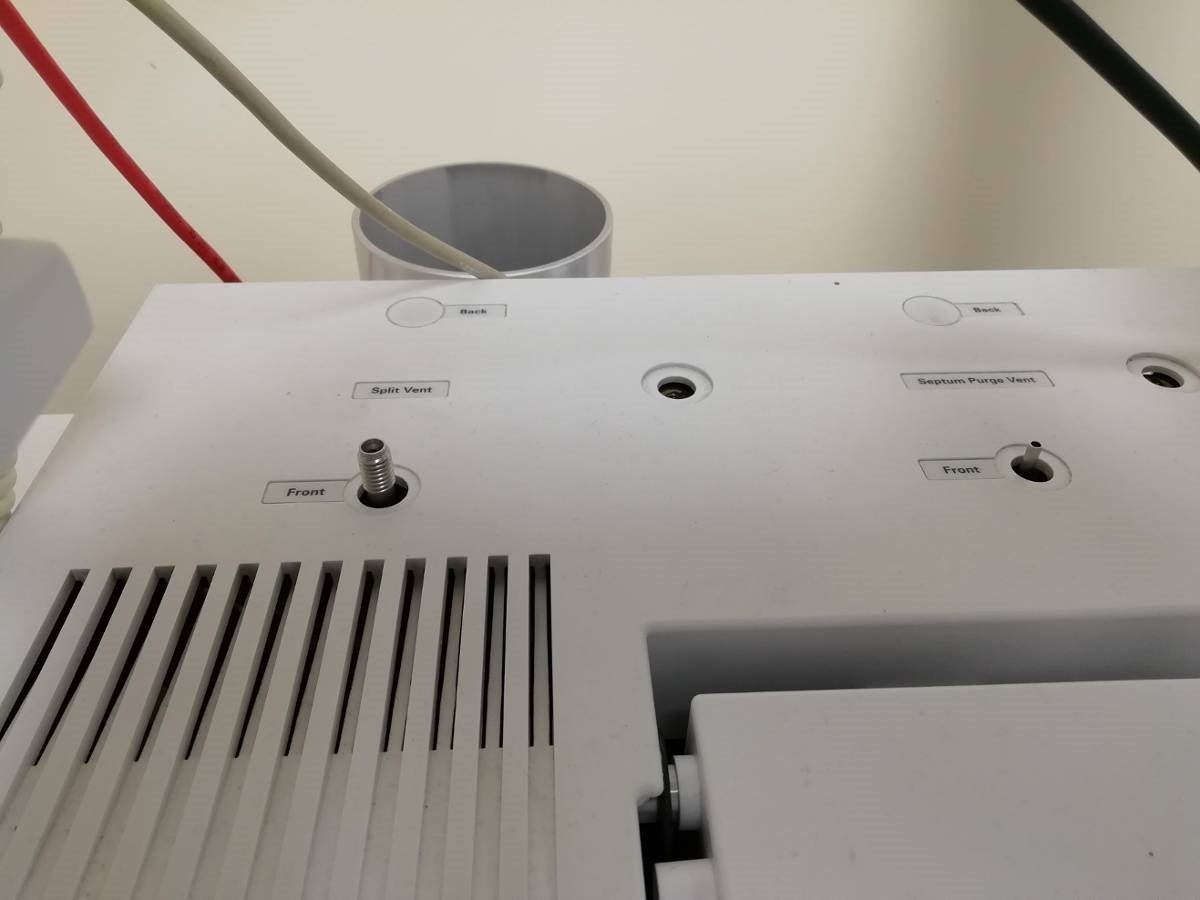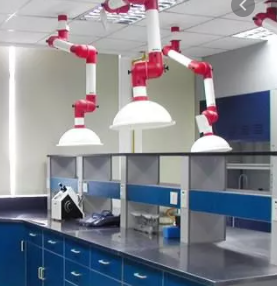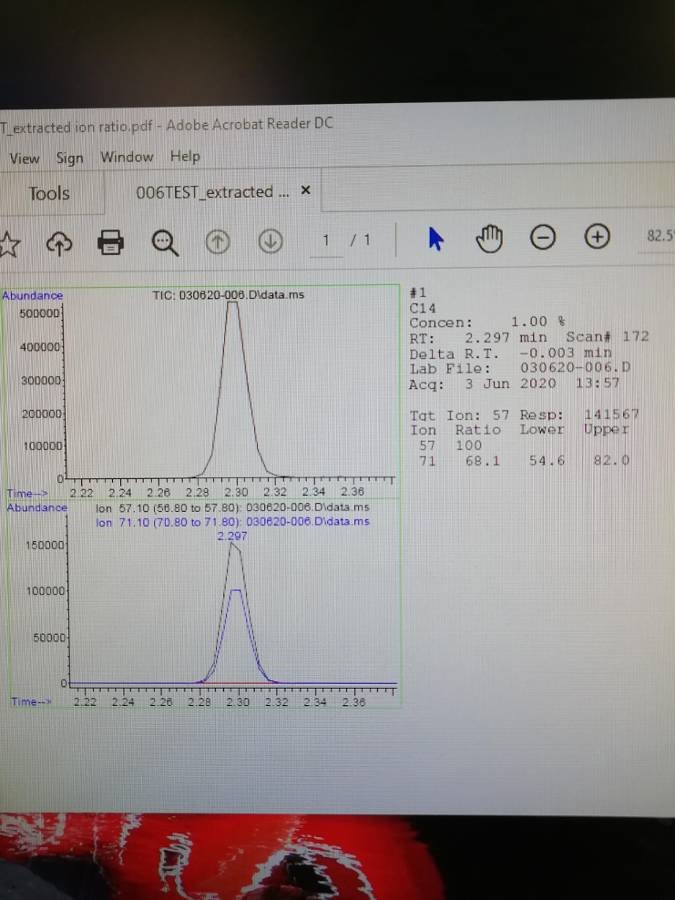Hello all
I'm looking at designing some standby methods for my 4 GC-FIDs and 3 GC-MSs as they are often sitting idle for 3/4 days a week and are happily consuming helium, hydrogen and generally sucking money away basically for no reason. Turning them off/on is not an option as we often need some of them fairly urgently, so I thought a 'Standby' method would be the best way to conserve!
I just want some advice on the key things to be looking at regulating. From scrawling this and other forums I've pieced together the following information so if anybody spots any glaring holes, please let me know
Oven temperature: Low (30-50)
Column: Carrier gases set to a minimum flow (~0.5ml?) to protect column and/or MS (we are an oils lab so use non-polar columns)
FID: Keep at around 100 to prevent moisture forming on jet. Turn off all gases except for carrier gas
MS: Keep at temperature to ensure no build up of moisture/solvent anything on source etc. Same with aux line?
My main point of concern is the inlet. We have split and splitless injectors - how much flow do we need to keep going for the split flow? Any? Low? I've seen some people say to set the method to splitless and put a low flow on it (1-2ml/min). Currently it's on Gas Saver running 20ml/min which I feel is fairly high compared to the remainder of the system.
Any advice on this will be appreciated!



